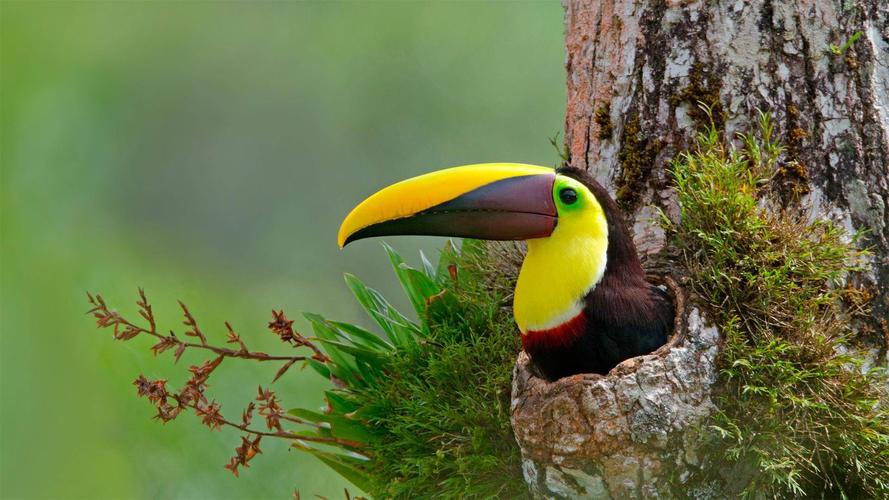Exploring China’s Culture: Traditions, Beliefs, and Practices
Introduction
China, the world’s most populous country, has a rich cultural heritage steeped in traditions, beliefs, and practices. The country’s culture has evolved over thousands of years and is influenced by various factors such as geography, religion, and government policies. From the Great Wall to the Terracotta Army, China’s cultural landmarks are famous the world over. In this article, we will explore the country’s unique traditions, beliefs, and practices that continue to shape the modern-day culture of China.
Traditions
Chinese culture is rooted in traditions that have been passed down from generation to generation. One of the most significant traditions in China is the concept of filial piety, which emphasizes the importance of showing respect and caring for one’s parents and elders. This tradition is deeply ingrained in Chinese society, and it is considered a virtue to care for aging parents.
Another important tradition in China is the celebration of festivals. These festivals are deeply rooted in Chinese history and culture and are celebrated with great enthusiasm. The most important festival in China is the Chinese New Year, which marks the beginning of a new lunar year. Other notable festivals include the Mid-Autumn Festival, the Dragon Boat Festival and the Spring Festival.
Beliefs
China has a diverse range of religious beliefs and practices. The most prominent religion in China is Buddhism, which was introduced to the country over 2,000 years ago. Confucianism, Taoism, and Christianity are also widely practiced in China.
One of the most important beliefs in Chinese culture is the concept of Yin and Yang. This belief emphasizes the importance of balance and harmony in all aspects of life and is considered a fundamental principle in traditional Chinese medicine and martial arts.
Practices
China is known for its unique cultural practices that continue to shape modern-day China. One of the most well-known practices is tea drinking. Tea is an integral part of Chinese culture, and the practice of tea-drinking is steeped in tradition. Tea ceremonies are a formal way of serving and drinking tea, and the practice is considered a way of promoting harmony and tranquility.
Another unique cultural practice in China is the art of calligraphy. Calligraphy is considered a form of art and is an important part of Chinese culture. Chinese calligraphy is characterized by its unique strokes, fluidity, and precision, and it is considered a visual representation of Chinese culture.
Conclusion
China’s cultural heritage is a testament to its rich history and traditions. The country’s unique beliefs, practices, and traditions continue to shape the modern-day culture of China. From the importance of filial piety to the concept of Yin and Yang, China’s cultural practices offer insight into the country’s values and the way of life. By exploring China’s culture, we can gain a better understanding of the country and its people.
(Note: Do you have knowledge or insights to share? Unlock new opportunities and expand your reach by joining our authors team. Click Registration to join us and share your expertise with our readers.)
